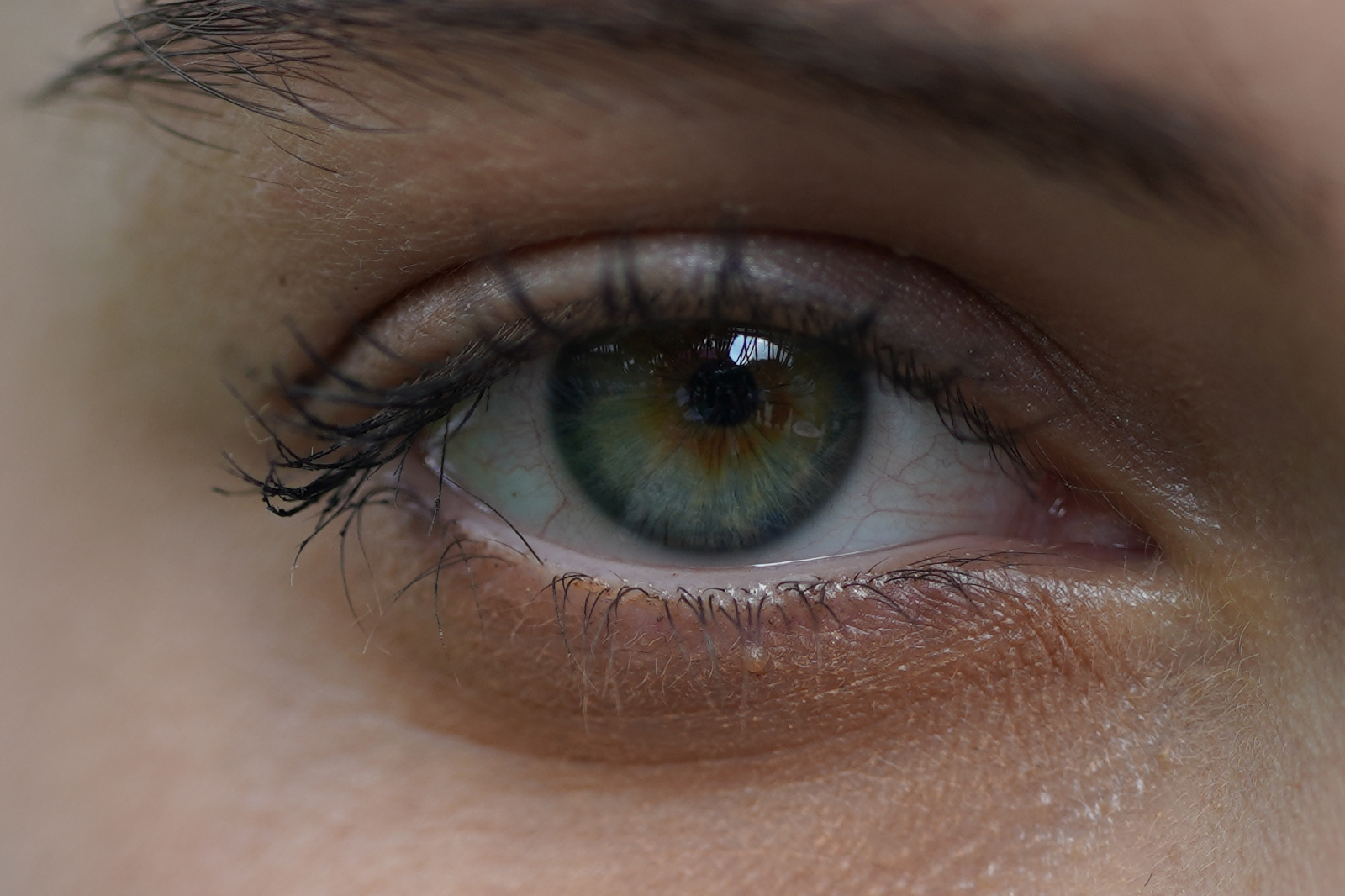The new Sony FE 135mm f1.8 G Master has lens testers cursing — but not in a bad way. In a blog post published on Monday, March 11, LensRentals’ Roger Cicala said the new Sony lens has scored higher than any other lens the rental company has tested. Cicala says the tests show the lens offers higher resolving power for pairing with high-resolution cameras — better than the bodies available on the market today.
Announced on February 26, the Sony FE 135mm f1.8 is the brand’s latest prime lens, mixing the background blur power of a 135mm focal length with a wide f/1.8 aperture. The lens uses a few new features, like internal floating autofocus that actually uses two separate motors.
Sony said at the launch that the lens would offer better sharpness than competing lenses, but it’s often hard to rule out marketing hype at a lens launch. Now, at least the lab tests are confirming the lens is sharper than other 135mms on the market — and the other 300-plus lenses LensRentals has tested.
Lenses are usually sharpest at the center, so that’s where the tests start. LensRentals says that no other lens has performed higher at the center, even among lenses at other focal lengths. Moving toward the edges of the image, sharpness, like most lenses, drops, but the lab tests are still putting Sony above competing lenses. The Sigma 135mm f/1.8, which LensRentals says was the sharpest tested 135mm before the Sony came along, has similar results in the center.
After the lens did so well on the tests, Cicala decided to put the lens through tests for even higher resolution sensors, tests designed for cameras with megapixels in the triple digits. Lenses need to have a high level of sharpness in order to avoid blurring the details that the sensor is capable of capturing. Even with the stricter testing, LensRentals says no other lens performed as well as the new Sony, leaving the company to conclude that the lens will still be good attached to a futuristic 90-megapixel body down the road.
Of course, sharpness isn’t everything — and the initial tests are just lab tests, which don’t always translate into real-world performance. The tests don’t discuss factors like autofocus (which will be worth looking into with a new autofocus system on the lens), bokeh, color, or chromatic aberration, to name a few. LensRentals also has a professional relationship with Sony, but the rental companies tests have been accurate in the past.
But, if the sharpness tests are any indication, the Sony FE 135mm f1.8 may be the lens to beat.





